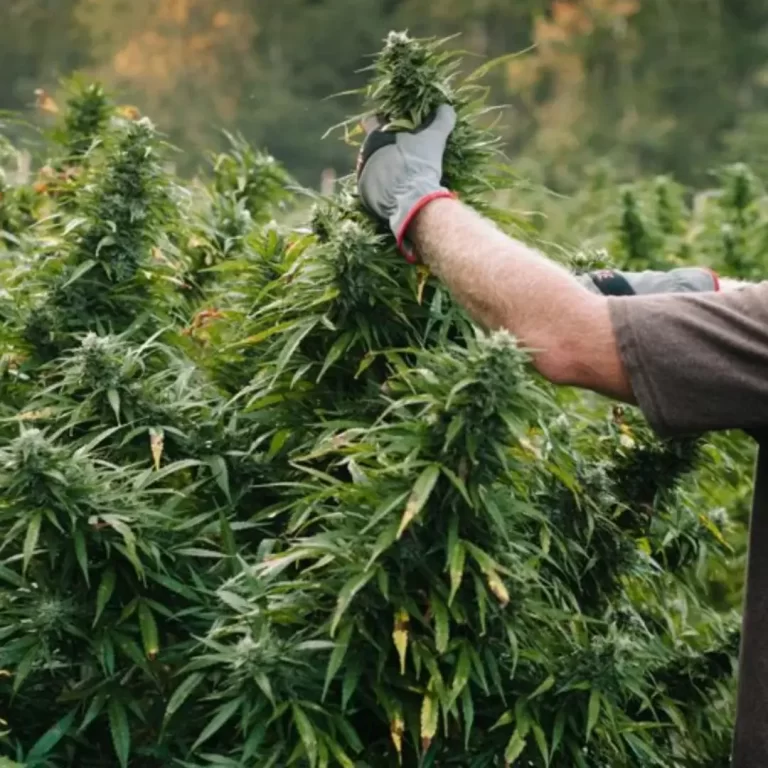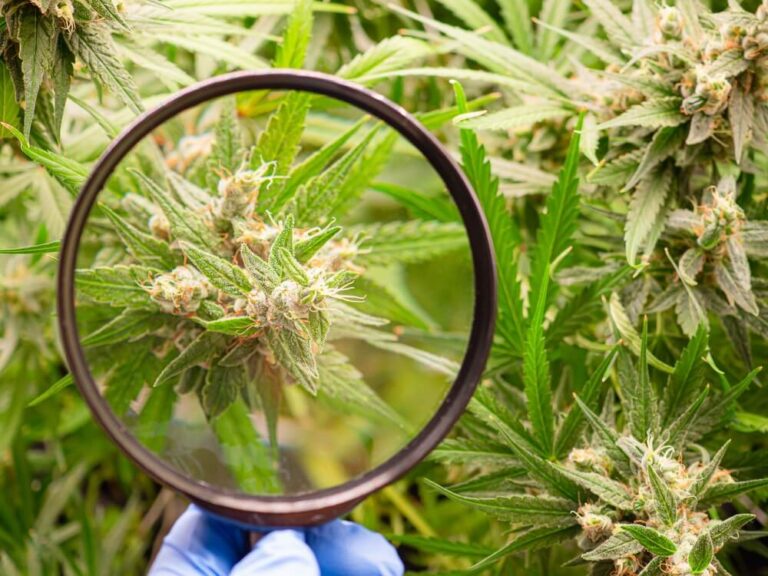
Marijuana Leads to Decreased Use of Unregulated Opioids
- Cannabis News
- Cannabutter Digest
America is in the midst of an opioid crisis. Data from the Centers for Disease Control and Prevention show that, in 2021, the number of people dying from fatal drug overdoses was over six times the number of such fatalities in 1999. Over 75 percent of the nearly 107,000 drug overdose deaths in the U.S. involve opioids. Collectively, these numbers are statistics. Individually, they are people whose deaths could and should have been prevented, people who left behind fathers and mothers, daughters and sons.
The scope of the opioid epidemic extends far past these deaths. In the decade between 2007 and 2016, the rate of opioid-related hospitalizations grew by 87 percent, according to the Agency for Healthcare Research and Quality. Moreover, addiction causes financial instability and the breakdown of relationships between friends and family members struggling to support those suffering from opioid dependency.
While the federal government has focused its efforts to combat the problem on monitoring trends, increasing public awareness, and supporting local healthcare systems, there is an overlooked tool that may help decrease the use of unregulated opioids: marijuana.
The Beginning of a Crisis
The Centers for Disease Control and Prevention highlight three distinct waves in the rise of opioid use and overdose deaths in the U.S. The first wave started in the 1990s as healthcare professionals increased opioid prescriptions for people suffering from various medical conditions, including chronic pain. Harvard School of Public Health indicates the increase in opioid addiction and overdose deaths also coincides with the release of the powerful opioid medication OxyContin, promoted by the pharmaceutical company Purdue Pharma. The company aggressively marketed the drug as less addictive and offered lucrative bonuses to sales representatives who increased sales of OxyContin to physicians in their sales territory.
Today, there is information suggesting Purdue Pharma presented fraudulent information suggesting OxyContin was less addictive than other opioids. Studies indicate that although effective, OxyContin can be highly addictive and lead to opioid abuse. Meanwhile, Purdue Pharma became so inundated with civil claims for its role in the opioid crisis that it filed for bankruptcy after agreeing to a $6 billion settlement. As of now, those bankruptcy proceedings have been put on pause by the Supreme Court, which wants to review whether the agreement unfairly shields its owners from liability.
The second fatal wave of opioid overdoses began in 2010 with a rise in heroin deaths, followed by the third fatal wave in 2013, coinciding with the increase in synthetic opioids like fentanyl.
How Do Opioids Work?
Opioids are a specific class of drugs that mimic the effects of the opium poppy plant. Opioids are popular pain-relieving drugs that work by binding to opioid receptors on cells in the brain and spinal cord. In addition to relieving pain, opioids can cause people to experience a sense of euphoria, relaxation, and sleepiness. The euphoric effects of opioids can become addictive. Over time, individuals can develop opioid tolerance, meaning they require higher and higher doses of the drug to feel the same pain-relieving and euphoric effects.
Opioid use can also cause serious side effects such as nausea, constipation, slowed breathing, overdose, and death.
How Does Marijuana Help Decrease the Use of Unregulated Opioids?
Although previous studies indicated that marijuana might help ease America’s dependence on opioids, a new federally funded study suggests that marijuana can significantly reduce opioid cravings for people already using unregulated opioid drugs. In the study, at least 58 percent of participants reported that their motivation to use marijuana helped reduce their opioid cravings. The study is a first in this field of research and suggests that increasing the accessibility of legal marijuana may help mitigate unregulated opioid use.
The new study is unique in that it focuses on unregulated opioid use and how cannabis manages opioid cravings in the body.
Why Is This New Study Significant?
The new study on the relationship between opioid use and marijuana use is significant because it focuses on how marijuana works with the body to help reduce opioid cravings. Previous studies have highlighted how marijuana can help ease the opioid crisis by being used as an alternative to opioids in the treatment of chronic pain. Data suggests that cannabis use can lower pain levels and reduce dependence on opioids for individuals experiencing chronic pain and other debilitating medical conditions. Similar research also finds that those with chronic pain who receive medical marijuana treatment for longer than one month saw a significant reduction in the need for prescribed opioids.
In other words, much of this previous research focused on how cannabis can substitute for other, more addictive medications and how it can help those experiencing opioid withdrawal. Today’s new research shows that in addition to the potential pain-relieving benefits of cannabis, marijuana may react in the brain in ways that help mitigate opioid cravings, especially in those using unregulated opioids and not necessarily taking the drugs due to medical need.
Moving Forward with Cannabis Therapy
Despite the wealth of evidence that suggests legalized cannabis may help decrease opioid addiction, abuse, and overdose deaths, there are still barriers to using cannabis to reduce America’s dependence on opioids. Marijuana is categorized as an illegal Schedule I substance federally – the same as the opium derivative heroin. A Schedule I substance is a drug with no acceptable medical use and has a high risk of abuse. Powerful pharmaceutical companies raking billions of dollars from selling opioids also hinder the cannabis industry. These companies heavily lobby lawmakers and exert profound influence over drug policy, and even attempt to prevent medicinal and recreational marijuana laws from being enacted.
Instead, it has been up to individual states to address opioid concerns with marijuana use. Pennsylvania, New York, New Jersey, and New Mexico have added opioid use to their list of qualifying medicinal marijuana disorder conditions. A physician in Massachusetts has also turned to cannabis to help treat patients addicted to opioids, muscle relaxers, and anti-anxiety medications, saying he believes it is a safer alternative for managing painful symptoms associated with certain medical conditions. As more research suggests marijuana can help decrease America’s reliance on opioids, additional states and the federal government may come around to the idea that marijuana is a powerful tool for saving lives.
Learn more about cannabis culture at Cannabutter Digest. Find news, recipes, and product reviews at your fingertips with Cannabutter Digest!






